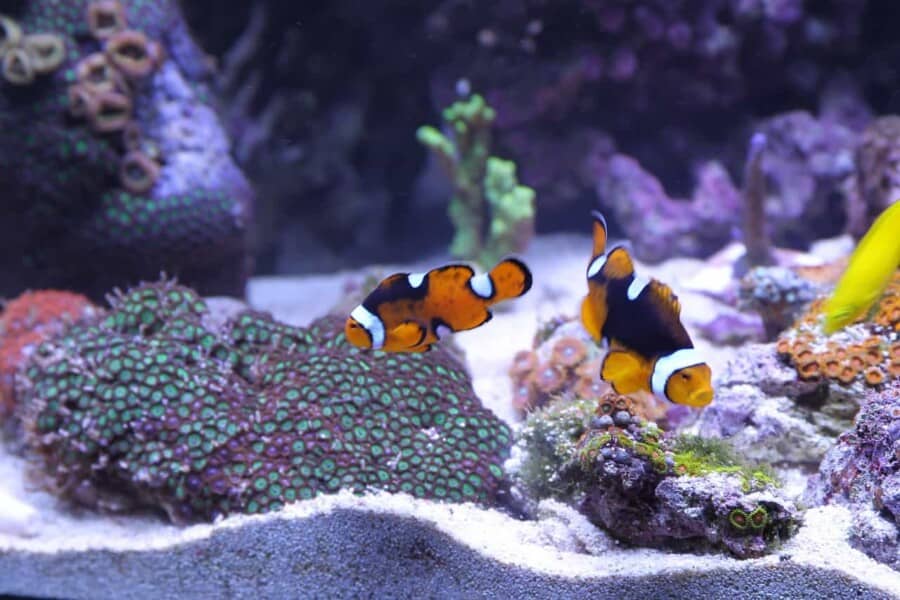How to Handle House Sitting During Extreme Weather
- February 20, 2025
- House Sitters, Pets
How to Handle House Sitting During Extreme Weather
As a house sitter, you’re likely to… Read More

Having said that, fish do require a lot of care and attention. They need to be fed every day and their water needs to be changed regularly. Fish also need their right fish tank setup for their species. You also need make sure that your fish has enough oxygen in the water by using an air stone or filter and it’s essential to ensure their water temperature is just right.
In this article, we’ll cover some of the basic information on fish care, including how to keep the water clean, water temperature and the feeding routine.
The importance of the filter is not only in maintaining the aquarium, but also in maintaining a healthy environment for your fish. The filter will help to remove toxins and other impurities from the water and maintain a healthy balance in the water.
There are two types of fish tank filters, internal and external. External filters hang on the outside of the tank and work by pumping water from the inside out. Internal filter systems are built into the tank and pump water from one side to another, using a filter system to remove debris as it moves through.
Which filter you will need depends on the size of the tank and also what’s in it. It’s best to discuss your options with a aquarium expert.
Fish tanks provide a great opportunity for people to keep fish as pets. However, they require a lot of maintenance. One of the most difficult things to maintain is the tank’s cleanliness.
The first thing to do when cleaning a fish tank is to remove all the water from the tank. You can either drain it completely or use a siphon to slowly remove the water. The next step is to scrub down the inside of the tank, rinse it out, and then fill it back up again with fresh water. This should be done at least once every month or two months depending on how often you have been cleaning your fish tank and how many fish you have in there.
Knowing the right water temperature and altitude is essential for keeping your fish healthy. The right temperature will vary for different fish species. For example, Goldfish are cold water fish and cannot tolerate high temperatures. When the water temperature is too high, they will experience stress and this may lead to illness or death. The altitude also has an effect on the water temperature because it affects the atmospheric pressure which in turn affects the boiling point of water.
It’s essential to have a fish tank thermometer to keep an eye on the water the temperature is doing.
If you have warm water fish or the water is simply to cold for even your cold water fish, it’s a good idea to get a water heater. Position the heater in the middle of your tank for the best results and to keep the tank’s temperature as stable as possible.
The first thing you need to do is figure out how many times per day you should feed your fish. The general rule of thumb is that you should feed your fish twice per day. However, this will depend on the size of the fish and how much food they can eat at one time. For example, small fish can be fed once per day while larger fish may need two or three meals per day.
This is because as a fish grows in size, their stomachs grow in proportion and they need more food to sustain themselves.
In terms of Goldfish, many people don’t know that goldfish need to be fed twice a day. They think it’s enough to feed them once a day. In fact, if you only feed your fish once a day, they will slowly starve and die.
Many fish love to eat algae! If your fish are not eating their regular food, try feeding them some algae wafers or flakes.
The go to for feeding fish is usually pellets that are specially made for them. These pellets are usually made with a lot of protein and they contain all of the nutrients that they need to grow properly. There also plenty of other things you can feed your fish, such as bloodworms which can be bought from your local pet shop.
If you’re planning to head away, your best bet is a live-in fish/house/pet sitter who can make sure your fish is routinely fed, the fish tank remains clean and that the water is kept at optimum levels and temperature to keep your fish happy and healthy.